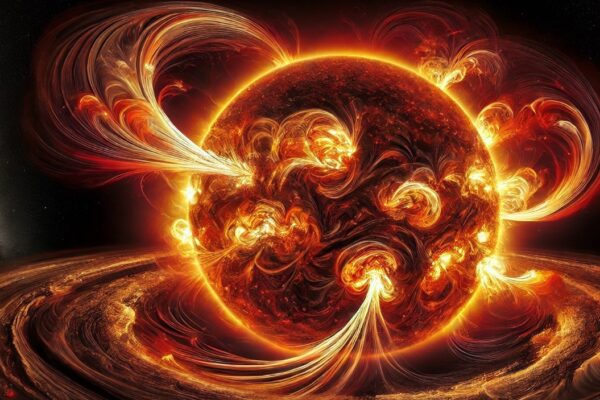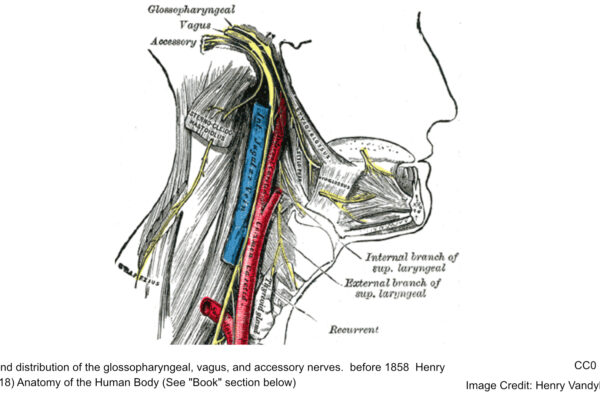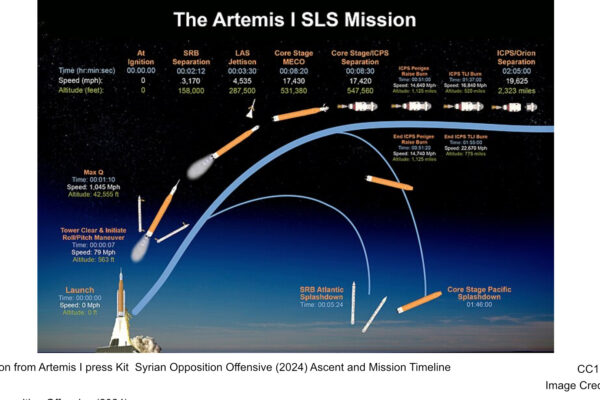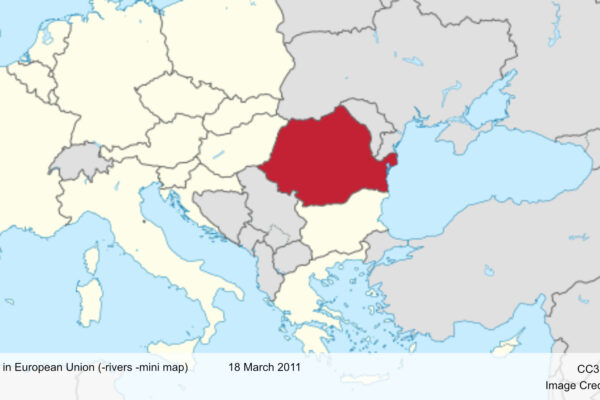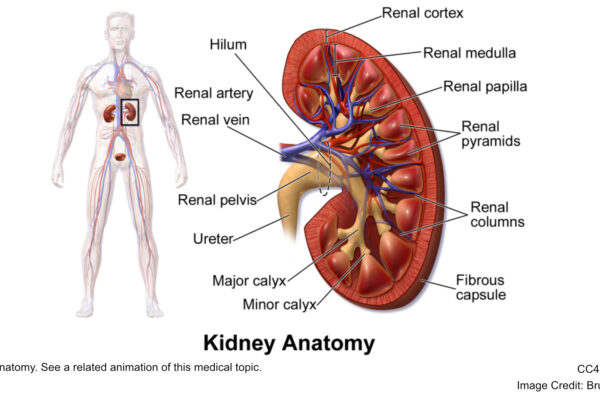
Rising Homelessness in Las Vegas Tunnels: A Public Health Concern – NewNooz
Street medicine providers and outreach workers report a growing number of people living in the tunnels. As housing costs surge, more individuals retreat underground, avoiding law enforcement and extreme weather. Case manager Bryon Johnson ventures into these tunnels, urging residents to seek medical care aboveground. Tunnel Living as Survival: Rising housing costs in Las Vegas…


